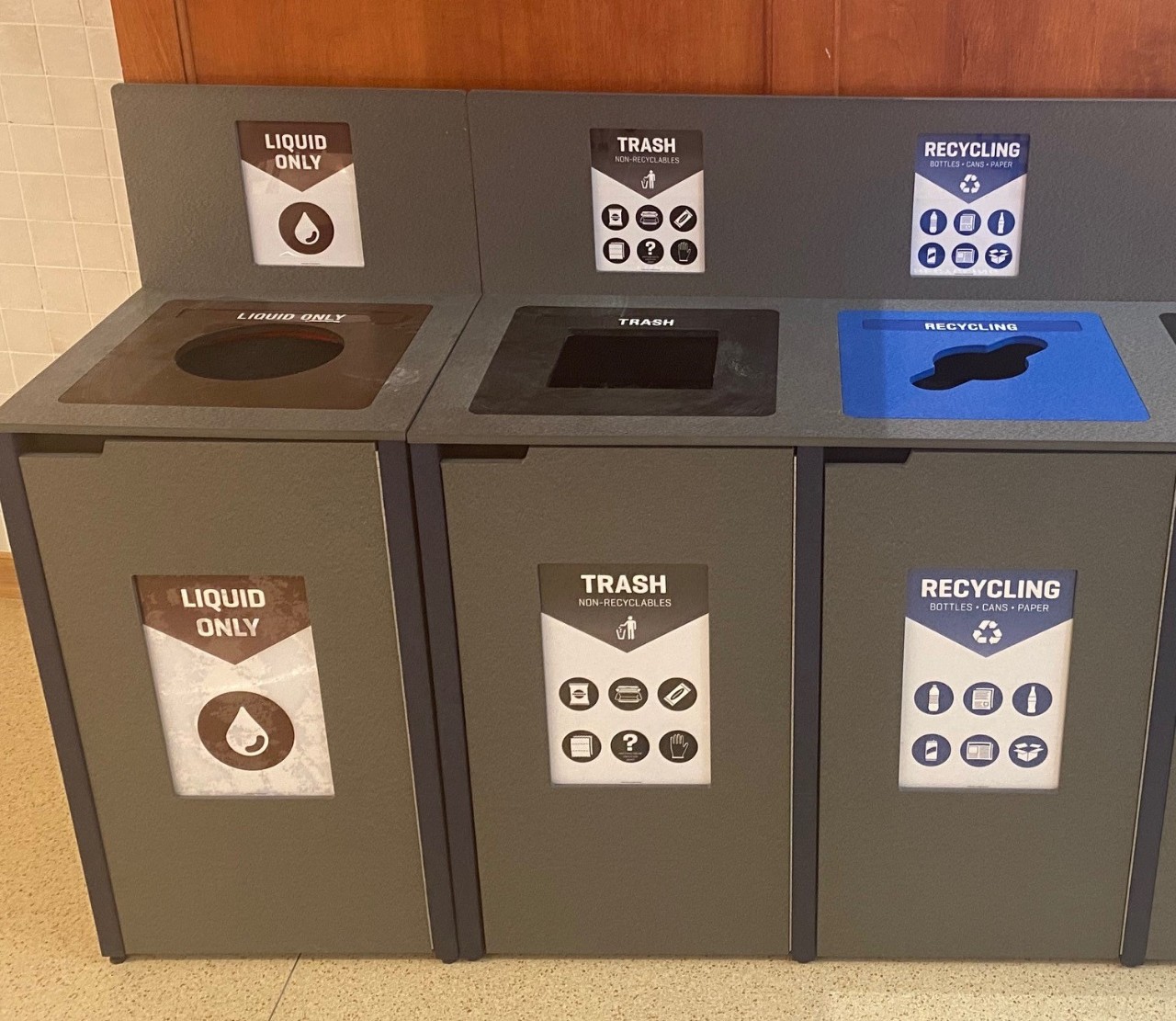Just How Liquid Waste Disposal Works: A Comprehensive Overview of Strategies and Technologies Utilized

Summary of Fluid Waste Kind
The complexity of liquid waste types requires a complete understanding of their features and effects for disposal. Fluid waste can generally be classified right into a number of types, including industrial, community, agricultural, and contaminated materials. Each category exhibits distinctive properties, requiring details monitoring methods to alleviate ecological and health threats.
Industrial fluid waste originates from manufacturing procedures and frequently includes a range of contaminants, such as hefty metals, solvents, and natural compounds. Community fluid waste, mostly making up wastewater from households and industrial establishments, consists of organic issue, nutrients, and microorganisms (industrial wastewater treatment). Agricultural liquid waste, including runoff from ranches, may contain plant foods, chemicals, and pet waste, positioning threats to water high quality and communities
Dangerous fluid waste is identified by its toxicity, sensitivity, or possible to cause damage. Comprehending these varied liquid waste types is critical for developing efficient disposal techniques and guaranteeing compliance with ecological laws.
Physical Treatment Approaches

Testing is the first action, where bigger bits and debris are eliminated from the liquid waste using screens or grates. This procedure shields downstream tools from damages and makes sure smoother operation. Following screening, sedimentation makes use of gravitational pressure to separate solids from liquids. In sedimentation containers, larger bits work out near the bottom, forming a sludge layer, while the clarified fluid can be additional treated.
Filtration is an additional necessary technique that involves passing the fluid with permeable materials, such as sand or membrane layers, to catch smaller fragments. This step boosts the high quality of the fluid, making it appropriate for subsequent therapy processes.

Chemical Therapy Methods
Chemical therapy methods are essential for successfully managing fluid waste, particularly in resolving dissolved and colloidal impurities that physical approaches may not adequately remove. These methods make use of numerous chemical representatives to reduce the effects of, speed up, or transform unsafe substances into much less damaging forms.
One typical approach is coagulation and flocculation, where chemicals such as alum or ferric chloride are added to promote the gathering of put on hold particles. This procedure boosts sedimentation, allowing for much easier elimination of the resulting sludge. Additionally, oxidation processes, utilizing representatives like chlorine or ozone, are used to break down complex natural substances and pathogens, providing the waste more secure for discharge or further treatment.
Neutralization is one more essential strategy, which changes the pH of acidic or alkaline waste streams to neutral levels, protecting against prospective injury to downstream systems and the setting. Furthermore, advanced oxidation processes (AOPs) use mixes of oxidants and ultraviolet light to more info here weaken consistent pollutants, accomplishing a higher degree of therapy effectiveness.
Biological Treatment Processes
Organic treatment procedures play a crucial role in the management of liquid waste by using microbes to disintegrate natural issue and lower impurity degrees. These procedures can be broadly categorized into aerobic and anaerobic treatments, each employing details microbial areas to attain reliable waste deterioration.
Cardiovascular treatment involves the usage of oxygen to facilitate the failure of natural materials by bacteria. This process is typically implemented in turned on sludge systems, where oygenation storage tanks offer a conducive setting for microbial development, bring about the oxidation of organic pollutants. The resultant biomass can be divided from dealt with effluent through sedimentation.
In contrast, anaerobic therapy happens in the absence of oxygen, relying upon various bacteria to damage down organic issue. This technique is particularly advantageous for high-strength waste, as Extra resources it creates biogas, a sustainable power source, while reducing sludge manufacturing. Technologies such as anaerobic digesters are frequently used in industrial and municipal applications.
Both anaerobic and cardiovascular organic therapies not just lessen the environmental influence of liquid waste however additionally help with source healing, making them crucial elements of lasting waste administration approaches. Their efficiency, versatility, and performance sustain their extensive execution throughout various markets.
Arising Technologies in Disposal
Innovative approaches to fluid garbage disposal are rapidly developing, driven by improvements in modern technology and an increasing focus on sustainability. Amongst these arising technologies, membrane bioreactors (MBRs) have gotten grip for their capacity to combine biological treatment with membrane filtering, causing high-quality effluent that can be reused in various applications. MBRs allow smaller footprints and much more reliable procedures contrasted to typical systems.
Another appealing growth is using anaerobic food digestion combined with nutrient healing innovations, which not just deals with fluid waste yet additionally creates biogas and recoups beneficial nutrients like nitrogen and phosphorus. This twin advantage boosts source effectiveness and minimizes ecological effect.
Furthermore, advanced oxidation processes (AOPs) are being adopted for the degradation of complex natural pollutants. These techniques use powerful oxidants and stimulants to damage down impurities at the molecular level, offering a very reliable option for difficult waste streams.
Furthermore, the integration of expert system and machine understanding in waste administration systems is enhancing functional performance and anticipating maintenance, bring about minimized expenses and improved ecological compliance. These technologies mirror a considerable change in the direction of more tips here more lasting and effective liquid waste disposal techniques.
Conclusion
In conclusion, efficient fluid waste disposal demands an extensive understanding of different strategies and innovations. By continually progressing these methodologies, it ends up being feasible to resolve the expanding obstacles associated with liquid waste, eventually adding to ecological defense and source recovery.
Liquid waste disposal is an essential aspect of environmental management, requiring a detailed understanding of numerous strategies and modern technologies customized to various waste kinds. Fluid waste can generally be categorized into several types, including industrial, municipal, agricultural, and dangerous waste. Agricultural liquid waste, including runoff from farms, may contain fertilizers, chemicals, and pet waste, positioning threats to water high quality and environments.
Different physical therapy techniques play an essential function in taking care of liquid waste effectively - industrial wastewater treatment.In conclusion, reliable fluid waste disposal requires a detailed understanding of numerous techniques and technologies